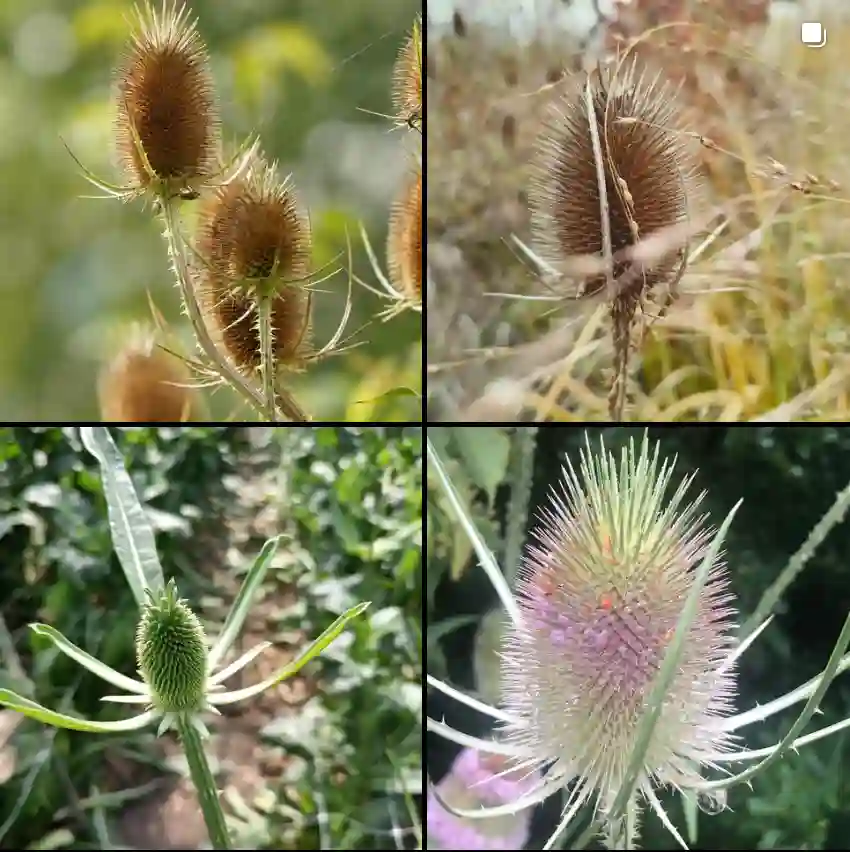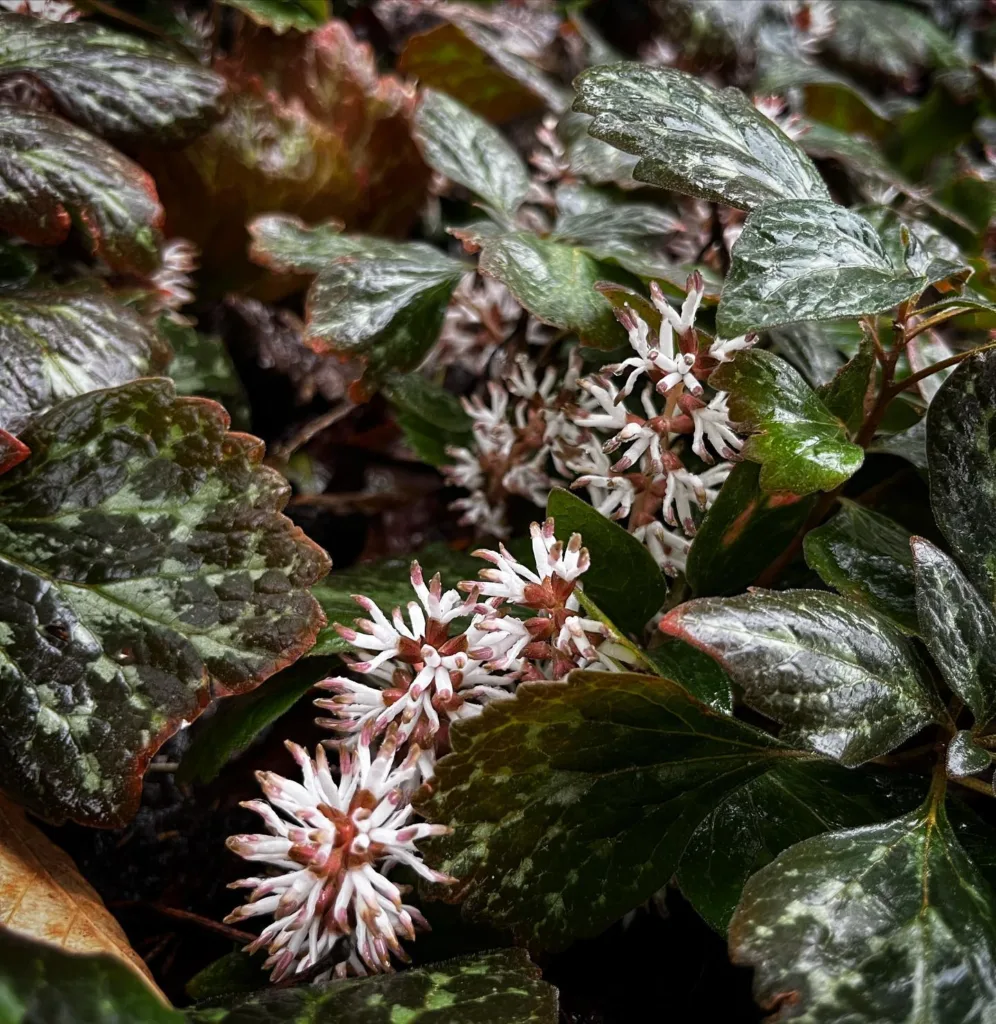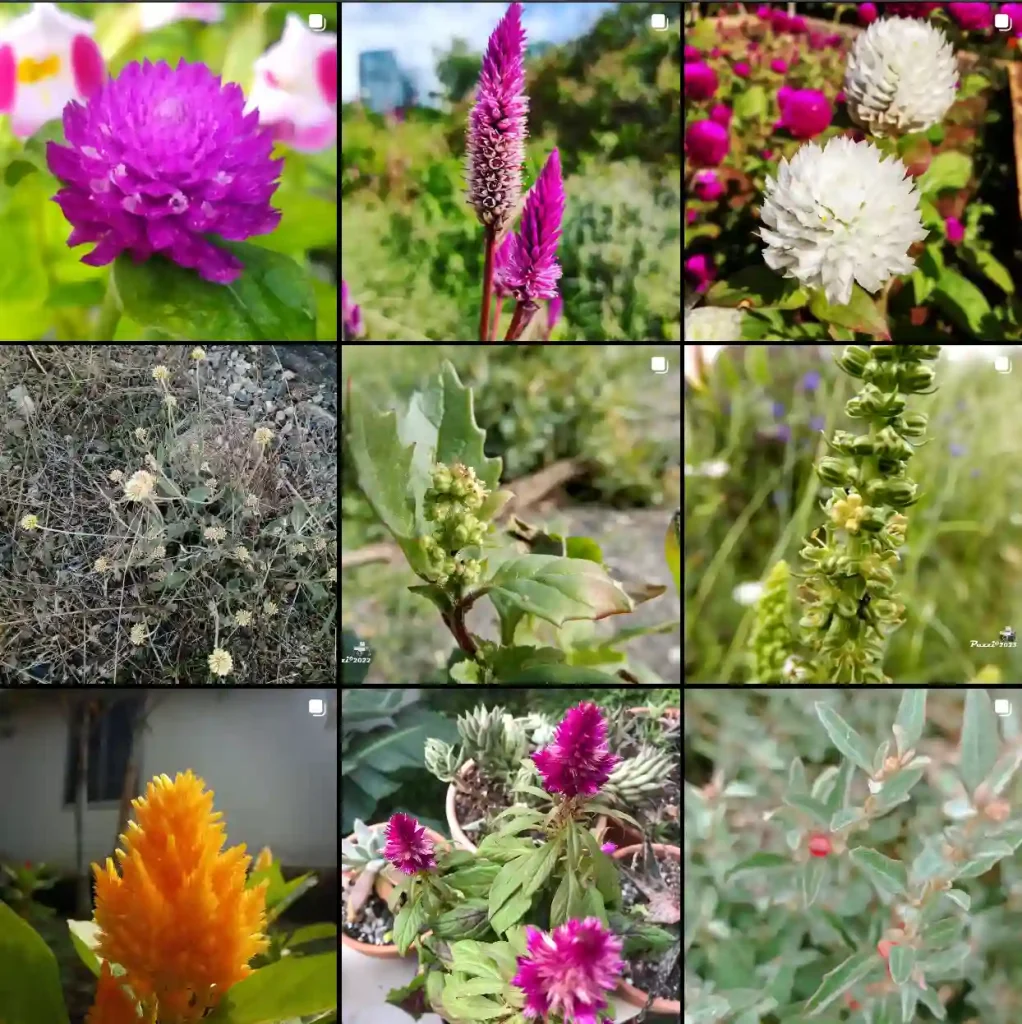What Is Silene Capensis?
Silene Capensis, also known as the African Dream Root or Xhosa Dream Root, is a fascinating plant native to South Africa. It’s renowned for its potential to enhance dreaming and is often used in traditional practices to induce vivid, lucid dreams. The root of the Silene Capensis plant is primarily used for this purpose, making it a subject of interest for those exploring dream exploration and plant-based remedies.
911 Species in Genus Silene
How to Use Silene Capensis for Lucid Dreaming?
Using Silene Capensis for lucid dreaming can be a transformative experience. To get started, you can make tea from the root of the plant. The process involves brewing a small amount of the dried root in hot water. Drinking this tea before bedtime is believed to enhance dream clarity and increase the likelihood of lucid dreaming. Some users also prefer to create a tincture or extract, which can be taken in smaller doses.
How to Make Silene Capensis Tea?
Making Silene Capensis tea is relatively straightforward. Here’s a simple guide:
- Obtain the Root: First, ensure you have dried Silene Capensis root. It can be purchased from specialty herb shops or online.
- Prepare the Tea: Boil water and pour it over a teaspoon of the dried root in a cup.
- Steep: Let it steep for about 10-15 minutes.
- Strain and Drink: Strain the tea to remove the root pieces and drink it about 30 minutes before sleep.
This method is popular because it’s an easy way to consume the root and integrate its potential benefits into your nightly routine.
How to Grow Silene Capensis?
Growing Silene Capensis requires a bit of care but can be a rewarding process. Here are the steps you should follow:
- Climate: This plant thrives in warm climates. If you’re in a cooler region, you might need to grow it indoors or in a greenhouse.
- Soil: Use well-draining soil with a pH level between 6.0 and 7.0. It should be rich in organic matter.
- Watering: Keep the soil consistently moist but not waterlogged. Water the plant when the top inch of soil feels dry.
- Light: Provide plenty of indirect sunlight. Direct sunlight can be too harsh, so filtered light is ideal.
- Fertilizing: Feed the plant with a balanced fertilizer every few weeks during the growing season.
How to Use Silene Capensis Root?
The root of Silene Capensis can be used in various ways beyond making tea. It can be powdered and encapsulated for easier consumption or used to make tinctures. For lucid dreaming, it’s often recommended to use the root in its dried form, as this maintains the potency of the active compounds.
Is Silene Capensis Illegal?
In most countries, Silene Capensis is not classified as illegal. However, it’s always a good idea to check local regulations before purchasing or using it. Some regions might have restrictions on the sale or use of certain plants due to their psychoactive properties.
Silene Capensis vs Calea Zacatechichi
Silene Capensis and Calea Zacatechichi are both used for enhancing dreams, but they have distinct differences:
- Silene Capensis: Often used to induce lucid dreaming, it is known for its potential to increase dream clarity and vividness.
- Calea Zacatechichi: Also known as the “Dream Herb,” it is commonly used for similar purposes but is more frequently associated with dream recall and control.
Both plants have their unique benefits, and some users prefer to experiment with both to find which works best for their individual needs.
How to Care for Silene Capensis?
Proper care ensures your Silene Capensis plant remains healthy and vibrant:
- Temperature: Maintain a warm environment. Ideally, the temperature should be between 65-75°F (18-24°C).
- Humidity: The plant prefers moderate humidity levels. Avoid excessively dry conditions.
- Pruning: Regularly prune to encourage healthy growth and prevent overcrowding.
How to Propagate Silene Capensis?
Propagation can be done through seed or root cuttings:
- Seeds: Start seeds in a seed tray with well-draining soil. Keep them warm and moist until they germinate.
- Root Cuttings: Take cuttings from a healthy plant and plant them in soil. Keep them moist and warm until they establish roots.
What to Plant With Silene Capensis?
Silene Capensis can be paired with other plants that have similar care requirements. Consider companion plants like:
- Herbs: Basil or mint can grow well alongside Silene Capensis.
- Flowers: Marigolds or zinnias can complement its growth.
Is Silene Capensis Toxic?
Silene Capensis is generally considered non-toxic when used properly. However, like with any plant, it’s essential to use it responsibly and avoid excessive consumption. If you have any specific health concerns or are taking medication, consult with a healthcare provider before use.
Common Problems
Some common issues with Silene Capensis include:
- Pests: Watch out for aphids and spider mites, which can affect plant health.
- Diseases: Root rot can occur if the plant is overwatered. Ensure proper drainage to prevent this issue.
By understanding these aspects of Silene Capensis, you can better appreciate its uses and benefits, as well as how to care for it effectively. Whether you’re exploring its potential for lucid dreaming or simply growing it as a unique plant, Silene Capensis offers an intriguing addition to your botanical collection.
If i die, water my plants!



